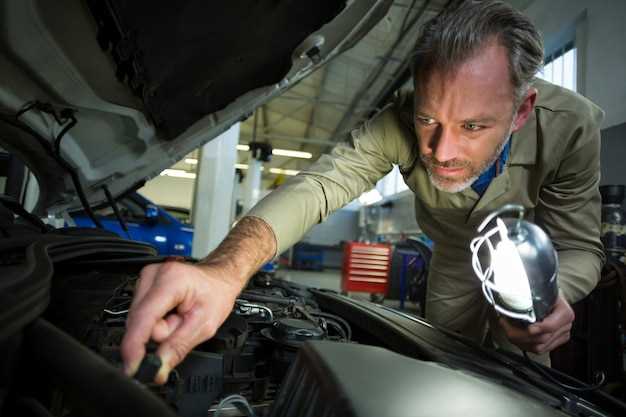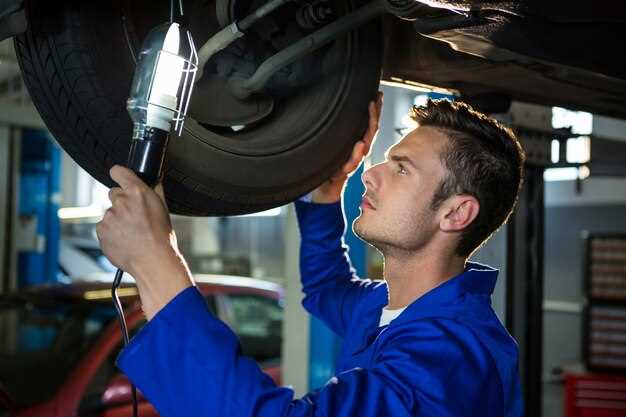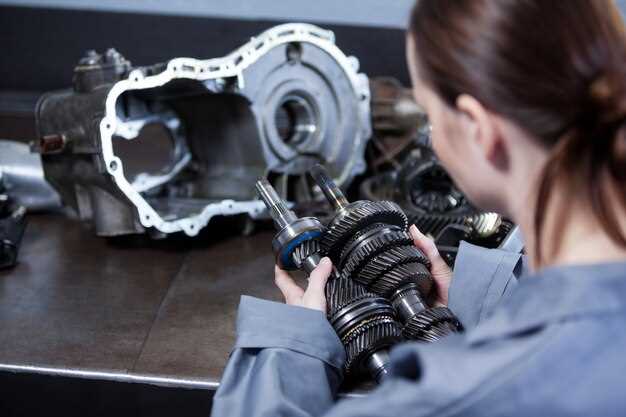
Ball joints play a critical role in the suspension system of foreign cars, acting as a pivot between the wheels and the vehicle’s frame. Over time, these components can wear out due to constant strain and exposure to the elements. Understanding the signs that indicate it’s time to change your ball joints is essential for maintaining your vehicle’s safety and performance.
One of the most notable signs that your ball joints may need replacement is unusual tire wear. If you notice that the tread on your tires is uneven, it could be due to worn ball joints affecting the alignment of the wheels. This can lead to poor handling and reduced traction, posing a safety hazard. Additionally, if you experience clunking or knocking noises while driving over bumps or during turns, this may indicate that the ball joints are failing.
Other symptoms include steering difficulties, such as a loose or unresponsive steering wheel. Excessive play in the wheel can make it challenging to maintain control, especially at higher speeds. Paying attention to these signs can help prevent more extensive damage to your vehicle and ensure a smoother, safer driving experience.
Unusual Noises When Driving or Turning

Experiencing unexpected noises while driving or turning your foreign car can be a significant indicator of potential issues with the ball joints. These critical components connect the control arms to the wheel hubs, allowing for smooth steering and suspension operation. If the ball joints are failing, you may notice various sounds that warrant immediate attention.
A common symptom is a clunking or knocking sound, especially when going over bumps or during sharp turns. This noise often indicates that the ball joint is loose or worn out, leading to improper alignment of the suspension components. Additionally, a squeaking or creaking noise while turning can signal insufficient lubrication or damaged rubber seals around the joints.
Another noise to watch for is a grinding or rattling sound, which may indicate that the ball joints have deteriorated to the point where metal is making contact with metal. This condition not only affects the ball joints but can also lead to further damage to the suspension system and the vehicle’s steering components.
Ignoring these unusual sounds can result in more severe issues, including reduced vehicle stability and premature wear on other suspension parts. If you notice any of these noises, it is advisable to have your vehicle inspected by a qualified mechanic to assess the condition of the ball joints and address any potential problems before they escalate.
Excessive Vibration in Steering Wheel

Excessive vibration in the steering wheel is a significant indicator that it may be time to change the ball joints in your foreign car. Ball joints serve as pivotal connection points between the vehicle’s wheels and suspension system. When these components wear down or become damaged, they can lead to poor alignment and increased play in the steering mechanism.
One common cause of vibrations is worn ball joints that fail to maintain proper contact between the wheel and the suspension. This condition can create a feeling of instability, particularly when driving at higher speeds or over uneven surfaces. If you notice that the steering wheel vibrates excessively, especially when turning or encountering bumps, a thorough inspection of the ball joints is warranted.
Additionally, vibrations can be a sign of imbalances in the tires or issues with other steering components. However, if the problem persists after addressing those factors, it may pinpoint an underlying issue with the ball joints. Ignoring this symptom can lead to further suspension damage, affecting safety and handling characteristics of the vehicle.
In summary, excessive vibration in the steering wheel should not be overlooked as it points to potential failures in the ball joints. Early diagnosis and replacement can enhance driving comfort and ensure safe operation of your foreign car.
Uneven Tire Wear Patterns
Uneven tire wear patterns are a clear indication that your vehicle may be experiencing issues with its suspension system, including worn ball joints. When ball joints wear out, they can lead to misalignments and improper handling of the vehicle, which directly affects tire contact with the road surface.
Uneven tire wear can manifest in various ways, such as excessive wear on the inner or outer edges of the tread, bald spots, or cupping. These patterns not only reduce the lifespan of the tires but also compromise safety by diminishing traction and stability. If you notice these irregularities, it’s crucial to inspect the ball joints and other suspension components.
In addition to visual inspections, it’s advisable to have a professional mechanic assess the wear patterns. They can perform necessary alignments and replacements to ensure your vehicle operates smoothly and safely. Addressing these issues promptly can prevent further damage and enhance overall driving performance.




